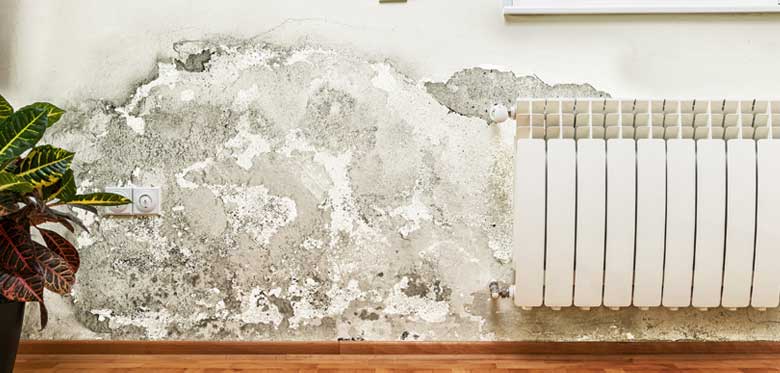Victorian homes, known for their intricate designs and ornate details, have long been admired for their architectural beauty. However, beneath their charming exteriors, these houses often conceal a range of common defects. These defects, which can be attributed to the era’s construction techniques and materials, can pose significant challenges for homeowners. In this essay, we will explore some of the most prevalent defects found in Victorian homes, providing examples and discussing their impact on both the structural integrity and functionality of these houses.
Victorian homes, built during the reign of Queen Victoria from 1837 to 1901, exhibit a distinct architectural style characterized by elaborate ornamentation, steep roofs, and large windows. However, due to the limitations of construction methods and materials available at the time, these houses often suffer from common defects. These defects include issues with foundations, dampness, inadequate insulation, and outdated electrical systems. Understanding these defects is crucial for homeowners and potential buyers, as they can have a significant impact on the maintenance and livability of Victorian homes.
- Foundation Problems:
One of the most common defects in Victorian homes is foundation issues. Many of these houses were built on shallow foundations, which can lead to settlement and structural instability over time. For instance, uneven floors, cracks in walls, and sticking doors and windows are all signs of foundation problems. These defects can be seen in the famous Winchester Mystery House in California, where the lack of a solid foundation resulted in numerous structural issues. - Dampness and Moisture:
Victorian homes often suffer from dampness and moisture-related problems. The use of porous materials, such as lime mortar and soft bricks, combined with inadequate waterproofing, can lead to water infiltration and subsequent damage. This can result in rotting wood, mold growth, and deterioration of plasterwork. The notorious “damp smell” associated with many Victorian homes is a clear indication of these defects. - Inadequate Insulation:
Another common defect in Victorian homes is inadequate insulation. These houses were typically constructed with solid walls, lacking the insulation we rely on today. As a result, they can be difficult to heat and cool efficiently, leading to higher energy bills and discomfort for occupants. The lack of insulation can be observed in the cold drafts and temperature fluctuations experienced in many Victorian homes. - Outdated Electrical Systems:
Victorian homes were not designed with modern electrical needs in mind. As a result, they often have outdated electrical systems that are not equipped to handle the demands of modern appliances and technology. Many Victorian homes still have knob and tube wiring, which is not only outdated but also poses a fire hazard. Additionally, the lack of sufficient outlets and grounding can make it difficult to safely use electrical devices. Upgrading the electrical system in a Victorian home is often necessary to ensure safety and meet the needs of modern living.
While Victorian homes are admired for their architectural beauty, they often come with a range of common defects that can impact their structural integrity and functionality. Foundation problems, dampness and moisture issues, inadequate insulation, and outdated electrical systems are just a few examples of the defects commonly found in these houses. Understanding these defects is crucial for homeowners and potential buyers, as they can have a significant impact on the maintenance and livability of Victorian homes. By addressing these defects through proper maintenance and necessary upgrades, homeowners can preserve the charm and beauty of their Victorian homes while ensuring their safety and comfort.

